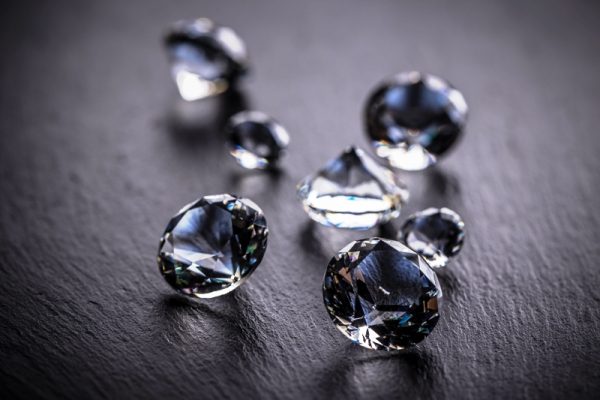Top Five Most Rare Coloured Diamonds In The World
Diamonds are considered truly rare and are probably the most exceptionally looked for after gemstones on the planet. However, lower-quality diamonds are genuinely normal and are truly available to anybody. On the opposite finish of the range are the uncommon diamonds, which didn’t come around all the time and can bring a huge number of dollars to sell-off. These profoundly significant diamonds are consistently one or more of the rare kinds of diamonds on this rundown. Diamonds can be rare in light of their color or potentially their sort, which is based on fair and square and kind of compound pollutants present in the stone. Here are the main five most rare sorts of diamonds on the planet.
Green Diamonds
Of all the rare characteristic colored diamonds, green diamonds are the least rare, however unadulterated green diamonds scarcely ever go available to be purchased. Truth be told, there are just two prominent instances of unadulterated normally colored green diamonds: the popular Dresden Green and the more later, Aurora Green. The green in characteristic green diamonds is brought about by normal illumination. Since gemologists realize that illumination can make a green color show up, many green diamonds on the market have been lighted in a lab.
Purple Diamonds
When all is said in done unadulterated purple diamonds are rare, however since purple diamonds will in general have auxiliary shades and suggestion colors, purple diamonds aren’t considered very as rare as pink, blue, and red diamonds. Truth be told, many purple diamonds have a pinkish, blueish, grayish, and even red tone to them. While the inceptions of the color of the purple diamond are not sure, it is accepted that hydrogen and boron assume a job in making the purple color, as a lot of the two components are found in purple diamonds.
Pink Diamonds
Of all the normally colored diamonds, the pink diamond is the most alluring on account of its beautiful blushing tone and its association with female big names and sovereignty. Since pink diamonds are in such popularity, top-notch models and bigger carats can get extremely significant expenses. Like red diamonds, nobody knows without a doubt how pink diamonds get their color. It is accepted that pink diamonds were initially colorless diamonds that had their structures deformed and altered while coming up to the Earth’s surface.
Blue Diamonds
Simply behind red diamonds in irregularity, are blue diamonds, which are in reality more significant than reds as a result of interest. While blue diamonds are the second rarest sort of diamond, there have been numerous remarkable models, including the popular Hope Diamond, which is purportedly reviled because of the number of passings associated with the diamond. Blue diamonds get their color from following measures of boron found in the diamond’s precious stone grid structure.
Red Diamonds
Of all the different sorts of diamonds out there, red diamonds are the rarest diamonds on the planet. Common unadulterated red diamonds are uncommon to such an extent that under 30 models have ever been found. Because of the extraordinary uncommonness of red diamonds, they are commonly worth hundreds of thousands of dollars for each carat. Notwithstanding the irregularity, red diamonds are additionally quite secretive. In spite of many years of examination, nobody is very certain how red diamonds acquired their color. Red diamonds have been found in indistinguishable spots from pink diamonds thus far, no red diamond was ever uncovered without pink diamonds close by.











